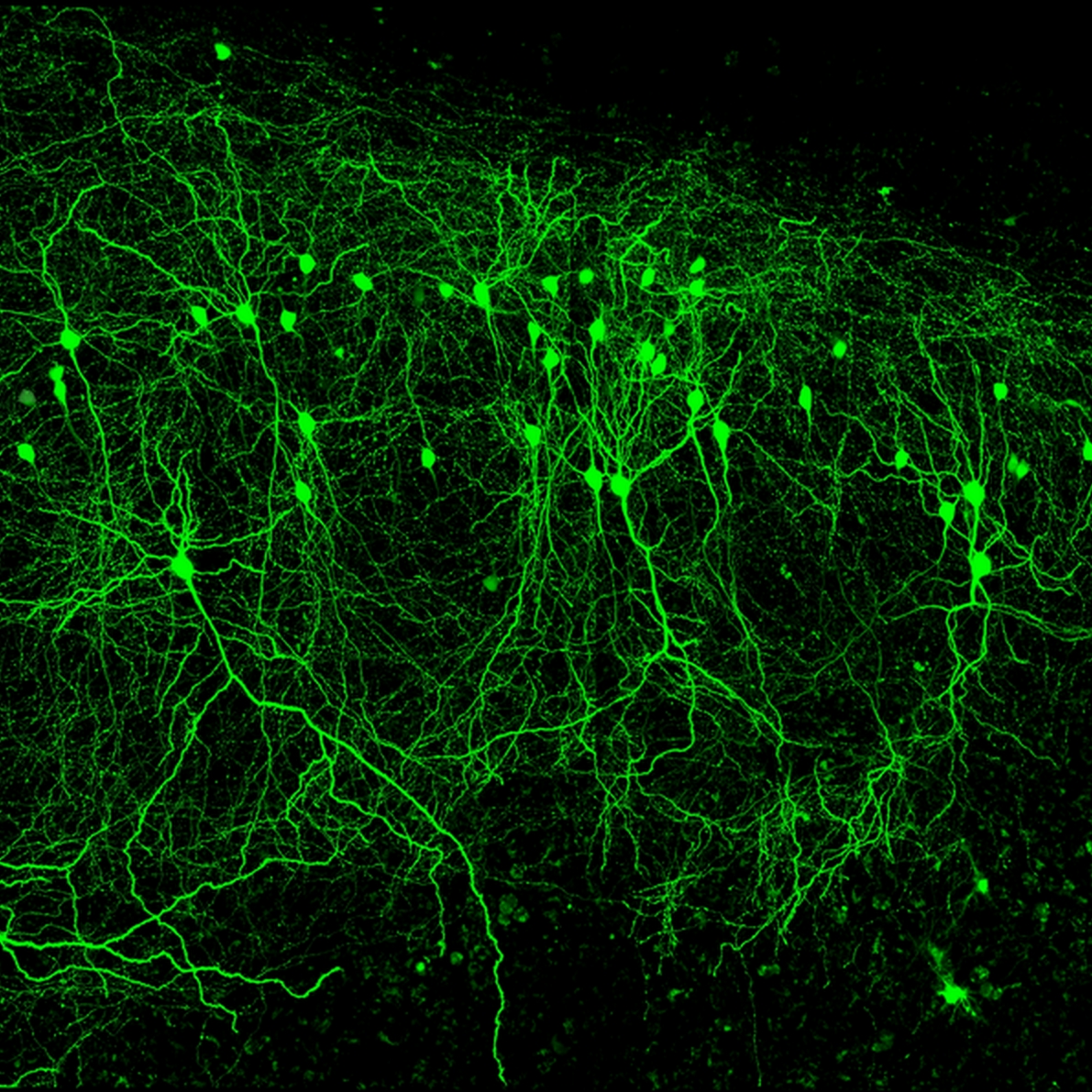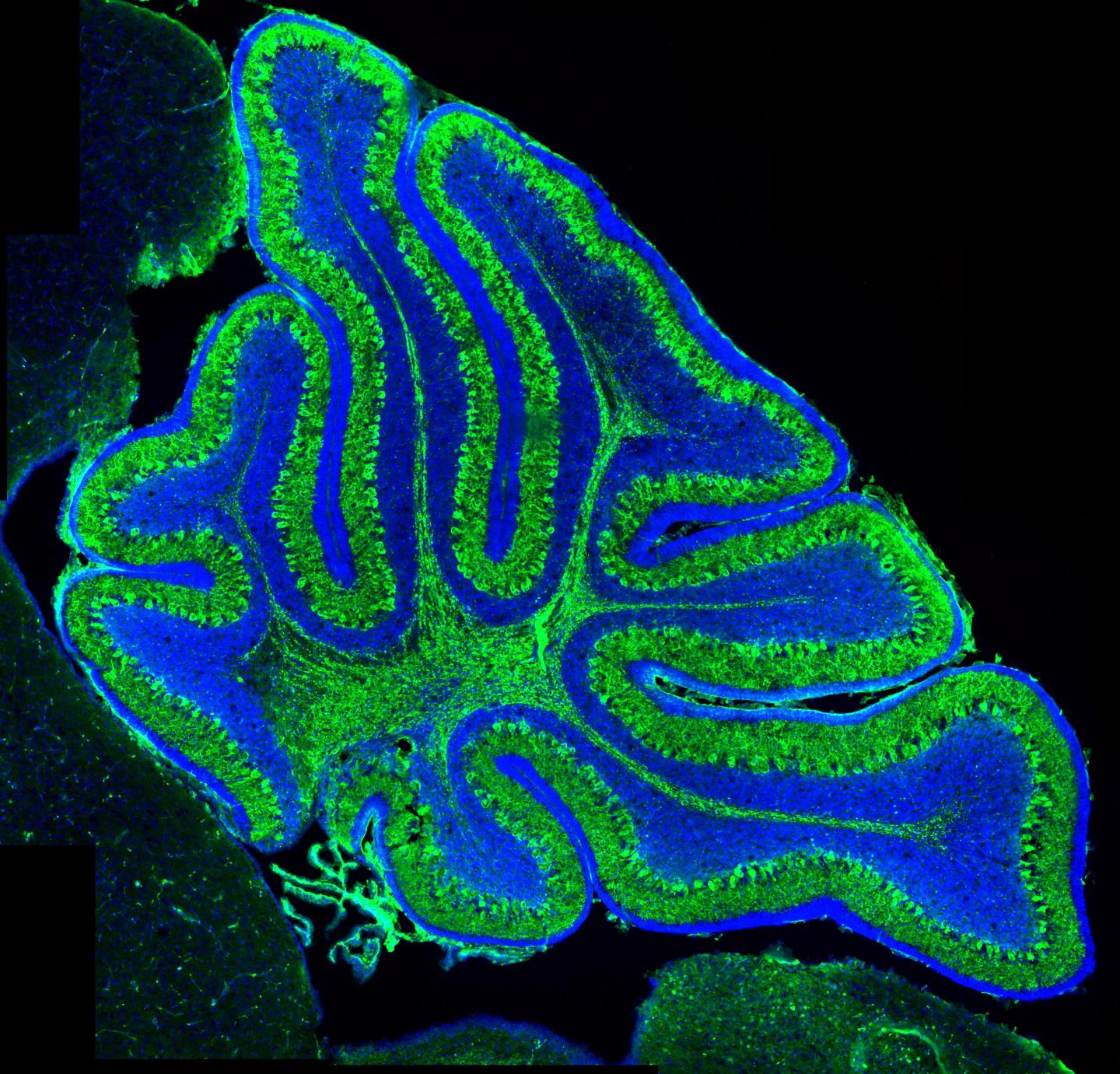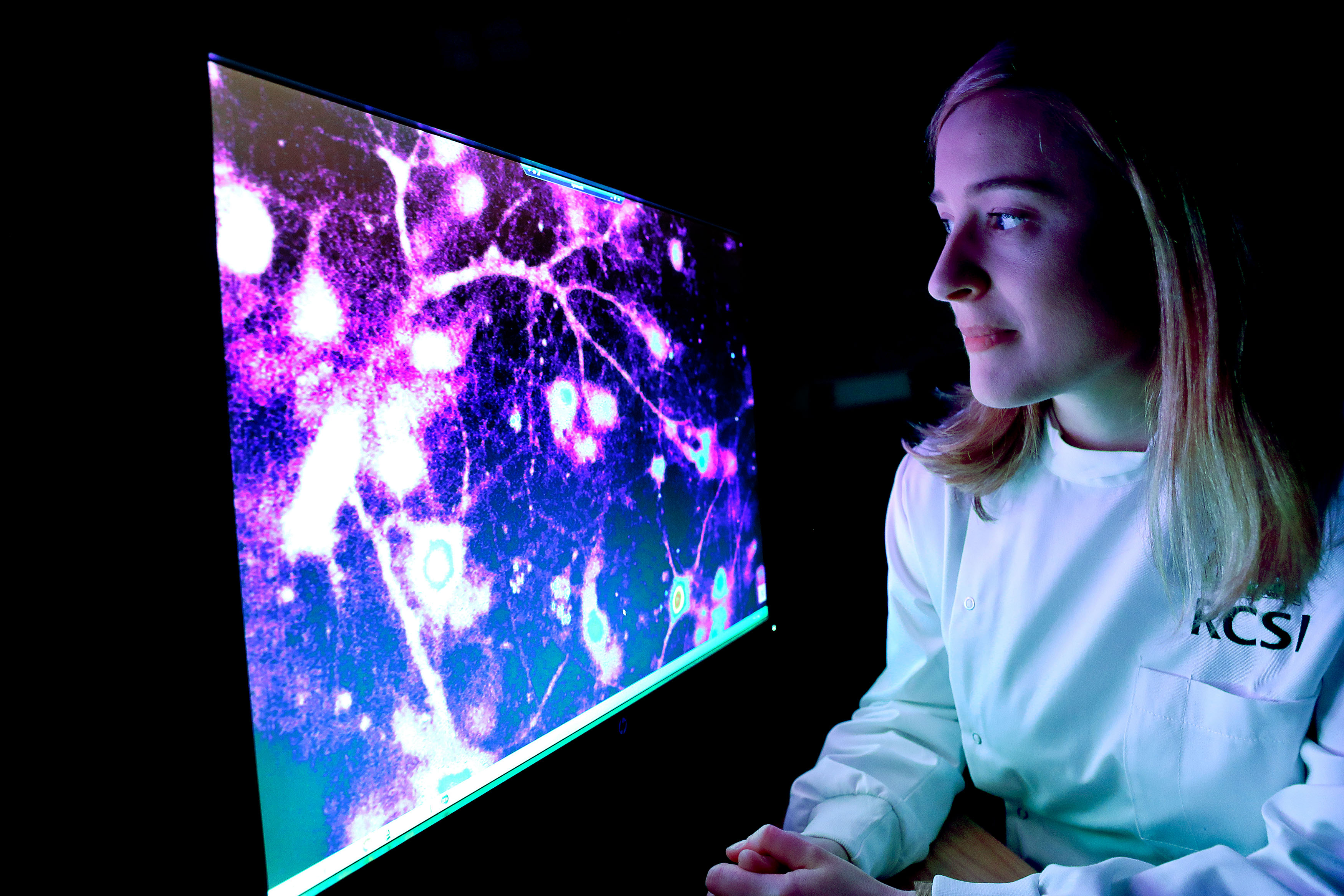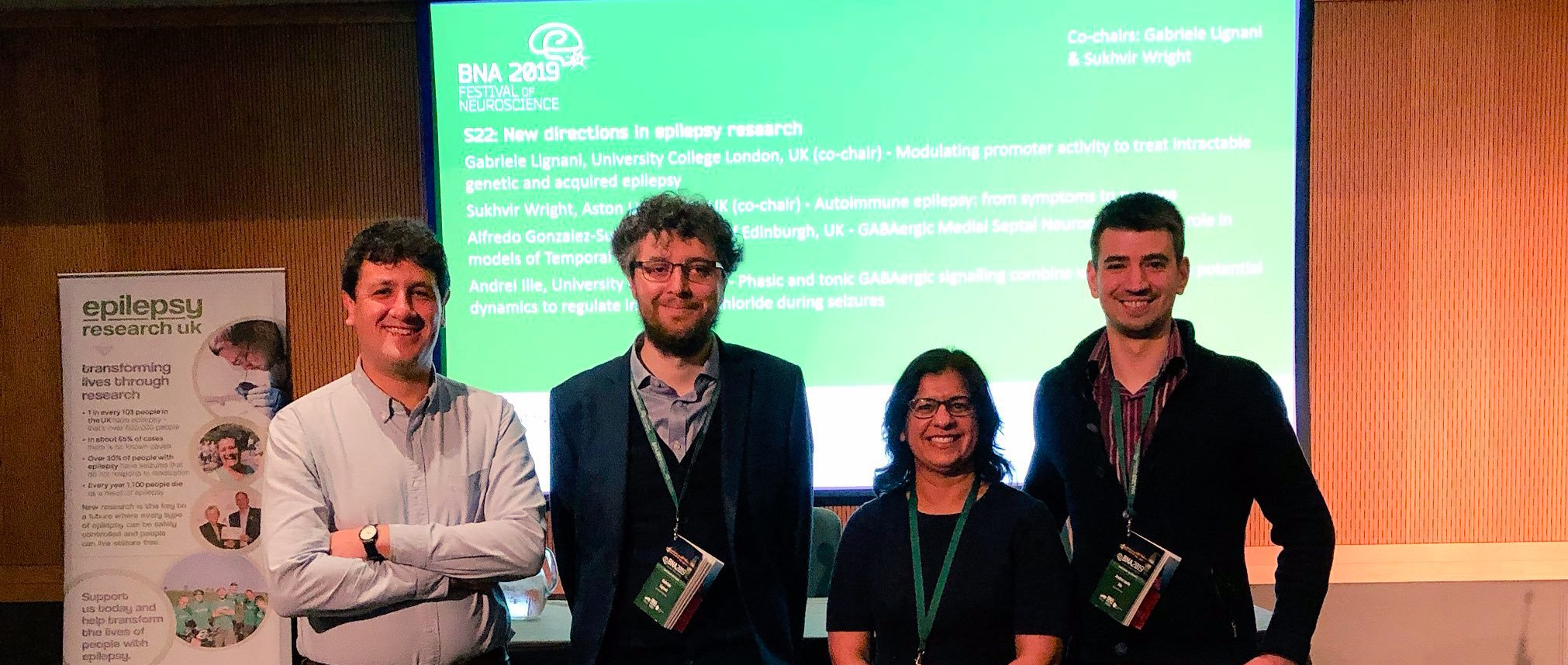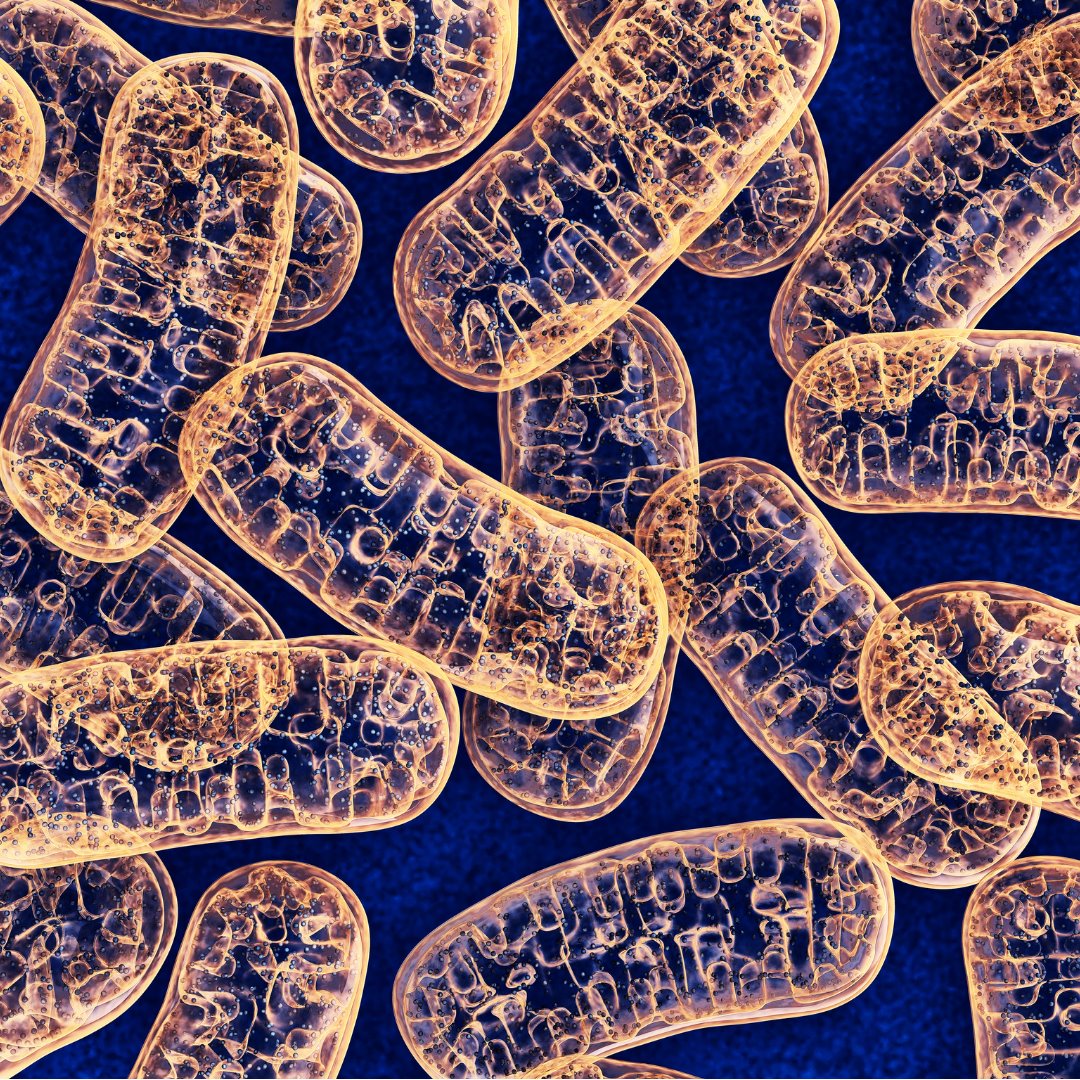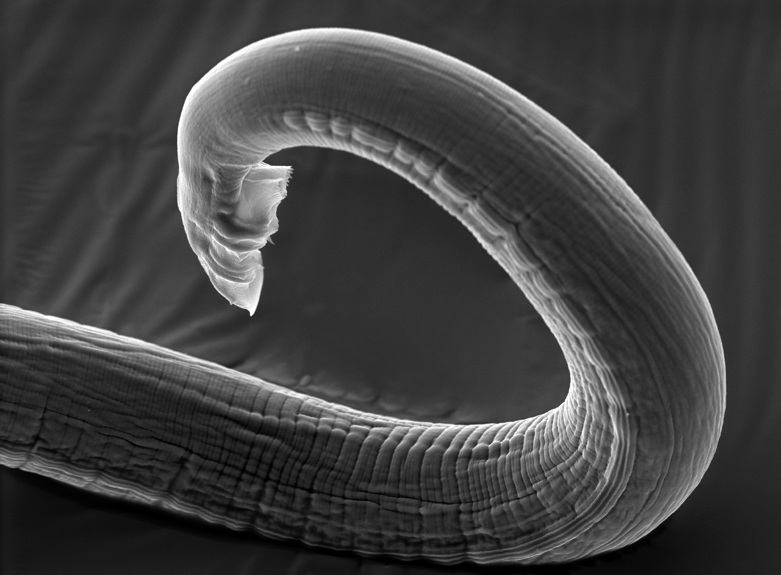
Weekly Roundup – 25th October – Childhood epilepsies and SUDEP Action Day
Hello and welcome to the Epilepsy in English weekly roundup – a new section offering rapid-fire plain English explanations of a few highlights in epilepsy research over the last seven days. Epidemiology of childhood epilepsies […]

